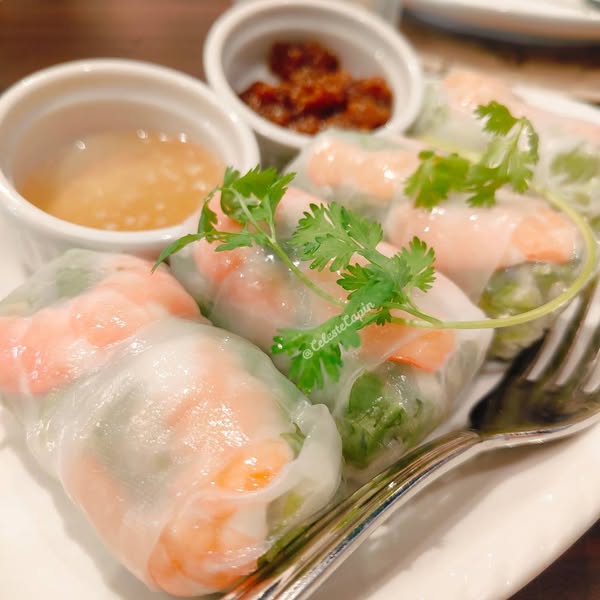ADVERTISEMENT
### **4. Thai Cuisine: Bold and Balanced**
Thai cuisine is characterized by its balance of sweet, sour, salty, and spicy flavors. The use of fresh herbs and spices creates vibrant and aromatic dishes that are both flavorful and refreshing.
#### **Key Features:**
– **Herbs and Spices:** Lemongrass, galangal, and Thai basil are commonly used.
– **Balance of Flavors:** Dishes aim to achieve a harmonious blend of the four primary tastes.
– **Street Food Culture:** Thailand is famous for its bustling street food scene.
#### **Must-Try Dishes:**
– **Pad Thai:** Stir-fried noodles with shrimp, tofu, peanuts, and lime.
– **Tom Yum Goong:** A hot and sour shrimp soup with lemongrass and kaffir lime leaves.
– **Green Curry:** A spicy and aromatic curry made with green chilies, coconut milk, and meat or tofu.
—
### **5. Korean Cuisine: Bold, Fermented, and Flavorful**
Korean cuisine is known for its bold flavors, fermented foods, and emphasis on communal dining. Meals often feature a variety of side dishes (banchan) that complement the main course.
#### **Key Features:**
– **Fermented Foods:** Kimchi, a fermented vegetable dish, is a staple in Korean meals.
– **Rice and Vegetables:** Meals are centered around steamed rice and a variety of vegetable dishes.
– **Grilled Meats:** Barbecued meats, often grilled at the table, are popular.
#### **Must-Try Dishes:**
– **Kimchi:** Fermented cabbage seasoned with chili pepper, garlic, and ginger.
– **Bibimbap:** A rice dish topped with assorted vegetables, meat, and a fried egg.
– **Bulgogi:** Marinated beef grilled or stir-fried to perfection.
—
### **6. Vietnamese Cuisine: Fresh and Fragrant**
Vietnamese cuisine emphasizes fresh ingredients, minimal use of dairy and oil, and a reliance on herbs and vegetables. The cuisine is known for its balance of flavors and textures.
#### **Key Features:**
– **Fresh Herbs:** Mint, cilantro, and basil are commonly used.
– **Rice and Noodles:** Rice is a staple, and noodles are used in various dishes.
– **Light Cooking:** Dishes are often grilled or steamed rather than deep-fried.
#### **Must-Try Dishes:**
– **Pho:** A fragrant noodle soup with a clear broth, rice noodles, and meat, typically beef or chicken.
– **Bánh Mì:** A Vietnamese sandwich made with a crispy baguette, pickled vegetables, and various meats.
– **Gỏi Cuốn:** Fresh spring rolls filled with shrimp, herbs, and vermicelli noodles.
—
### **7. Filipino Cuisine: A Fusion of Flavors**
Filipino cuisine is a blend of indigenous, Spanish, Chinese, and American influences, resulting in a unique and diverse culinary tradition. The use of vinegar, soy sauce, and garlic is prevalent in many dishes.
#### **Key Features:**
– **Sour Flavors:** Dishes often incorporate souring agents like tamarind and vinegar.
– **Rice-Centric:** Meals are typically centered around rice.
– **Sweet and Savory:** A combination of sweet and savory flavors is common.
#### **Must-Try Dishes:**
– **Adobo:** A marinated meat dish, usually chicken or pork, slow-cooked in vinegar, soy sauce, and garlic.
– **Sinigang:** A sour soup made with tamarind and various meats or seafood.
– **Lechón:** A whole roasted pig, often served during festive occasions.
—
### **8. Indonesian Cuisine: Rich and Diverse**
Indonesian cuisine is as diverse as its many islands, with each region offering its own specialties. The use of spices, herbs, and coconut milk is common across many dishes.
#### **Key Features:**
– **Spices and Herbs:** Turmeric, lemongrass, and ginger are frequently used.
– **
